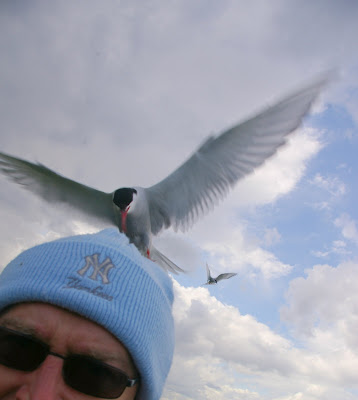..

.
.
The pub's name originates from the days when the nuns from the Nunnery of St Bartholomew’s were supposed to have tended strawberry gardens in the area. A sign on the pub claims the the nunnery survived until 1840 by selling strawberry wine, however the original Benedictine Nunnery of St Bartholomew , founded in 1086 near the present-day Nun Street, was 'dissolved' by King Henry VIII on January 3, 1540, and the land was sold to the Corporation and to rich merchants.
.
The pub can be found on Strawberry Lane opposite the Gallowgate End of St. James Park, home of Newcastle United Football Club. The pub is somewhat of a shrine to the club and its' sign, which can be seen in this photo, is a combination of the black and white striped shirt of the club and the aforementioned soft fruit.
.




































